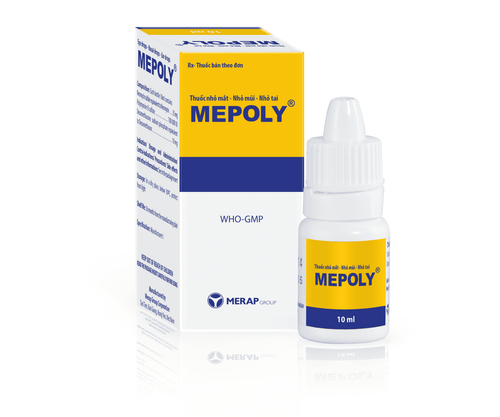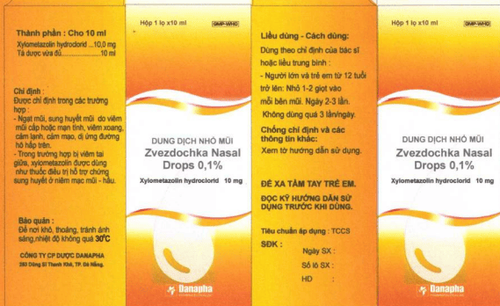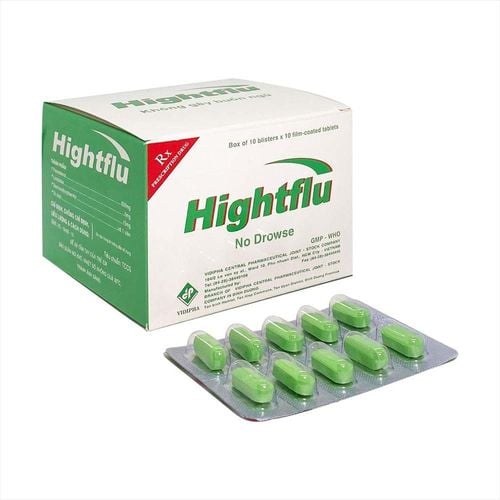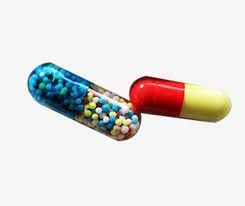This is an automatically translated article.
Oxacol has the main active ingredient, Oxymetazolin hydrochloride, which has vasoconstrictor effects, reducing blood flow and reducing nasal congestion. The drug is indicated for the symptomatic relief of nasal congestion caused by rhinitis, sinusitis, colds, and allergic rhinitis.1. Uses of the drug Oxacol
Oxacol drug has the main active ingredient is Oxymetazolin hydrochloride, an imidazonlin derivative with sympathomimetic effects. Oxymetazolin is structurally and pharmacologically similar to naphazoline and xylometazolin. Oxacol acts on alpha adrenergic receptors in the arterioles of the nasal mucosa, leading to vasoconstriction, decreased blood flow, and decreased nasal congestion. This allows the nose to be ventilated for a short time. However, the patient may again experience vasodilation and congestion again. Therefore, avoid long-term use of Oxacol (at most one week).Oxacol is indicated in the following cases: temporary relief of nasal congestion due to rhinitis, sinusitis, colds or allergies of the upper respiratory tract; reduce congestion in the sinuses.
Contraindicated to use Oxacol for the following patients:
Patients with hypersensitivity to the active ingredient, any component of the drug or drugs with adrenergic effects. People with glaucoma.
2. Dosage and usage of Oxacol
Dosage:Children 6 years and older and adults: spray 0.05% solution into each nostril, 2 times / day, in the morning and evening. Children 2 - 6 years old: spray 0.025% solution into each nostril, 2 times/day, morning and evening. Children under 2 years of age: Safety and effectiveness have not been established. Do not self-medicate with oxymetazolin for more than 3 days. If symptoms persist after 3 days, the patient should discontinue the drug and consult a physician. How to use:
Oxacol drug solution is used topically in the form of spray into the nasal mucosa. The nebulizer form is often preferred because it is less likely to be swallowed, so it is limited to systemic absorption, except for young children because it is difficult to use. Patients should open the bottle cap, spray 1-2 sprays in the first time. Then put the spray into the nose, press quickly and firmly on the button, gently inhale through the nose immediately after injecting the medicine. Close the protective cap of the medicine bottle after each use.
3. What are the side effects of Oxacol?
Patients using Oxacol may experience side effects including:Headache; Insomnia; Palpitations, tachycardia, arrhythmia; Hypertension ; Stress; Vomiting, nausea; Dizzy ; Soreness or burning at the injection site, sneezing, dry mouth and throat, nausea when using nasal drops













